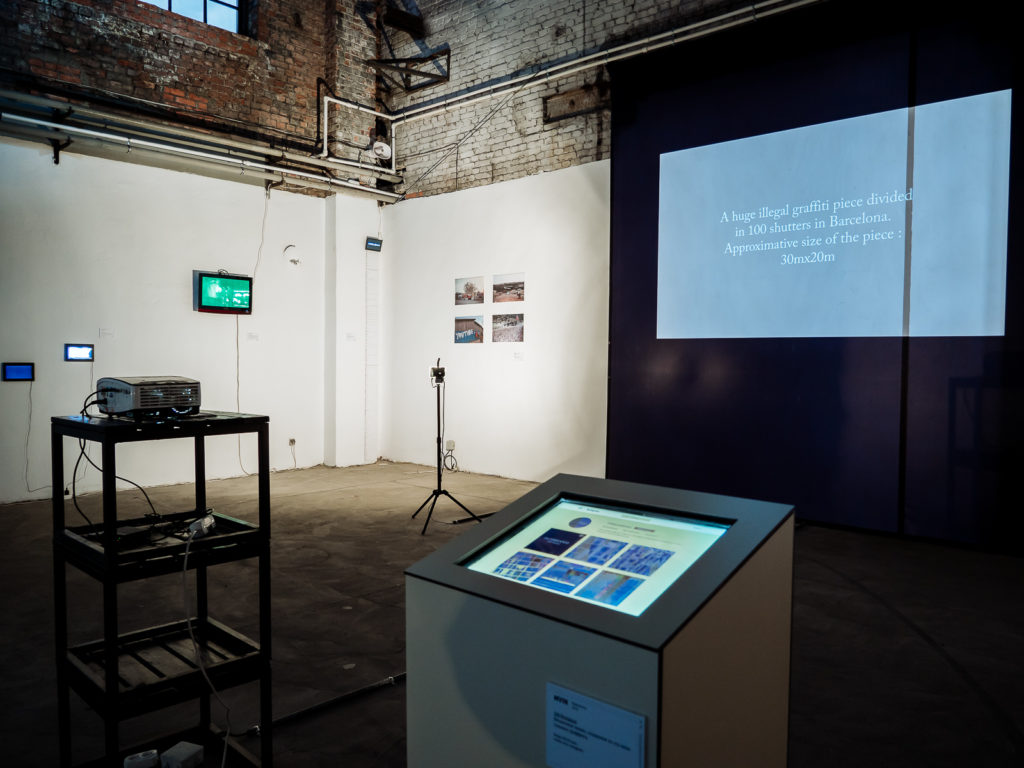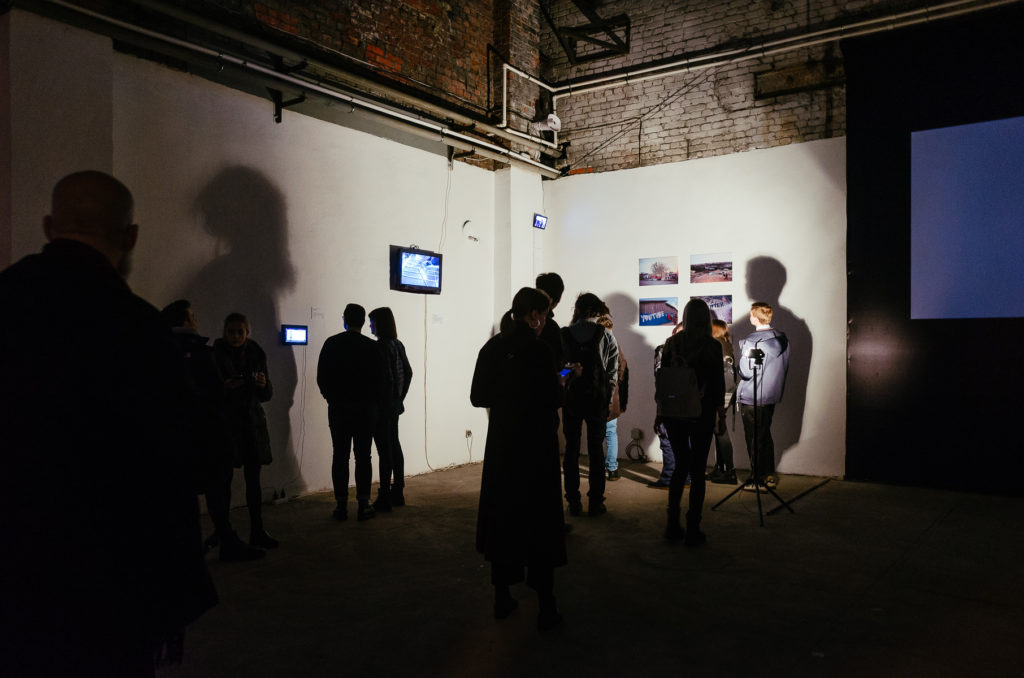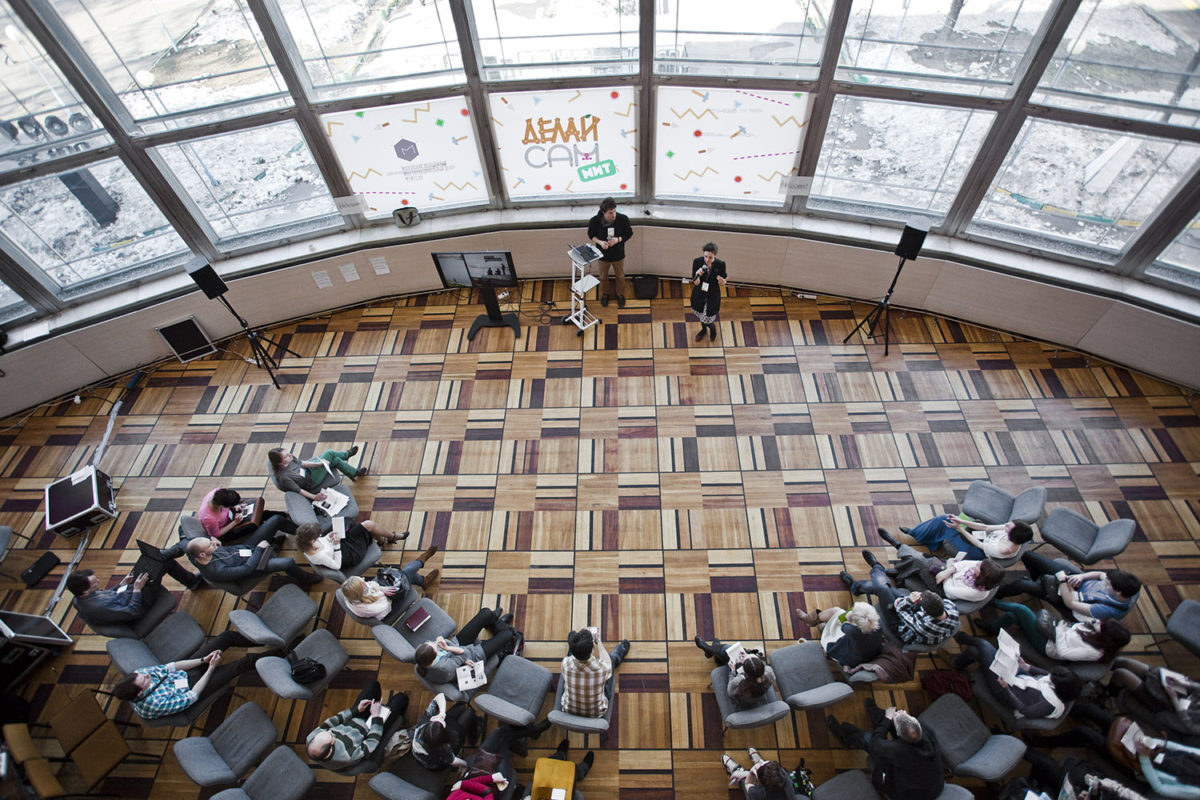2017–2018
Moscow, St. Petersburg, Russia
A group show at the Electromusem and Street Art Museum (SAM)
Urban spaces and the internet share a similar structure—on one hand, there is freedom of expression, publicness, and anonymity; on the other, there is streamlined infrastructure, regulation, and control. In this context, graffiti can be equated with hacking, where wall inscriptions act as malicious code, viruses, or deliberate attempts to breach an operational system. Much like hackers who disguise their «Trojans» as harmless programs, graffiti artists employ various methods of infiltration, exploiting urban arteries such as building walls, subway trains, cars, and advertising infrastructure. Some boldly «bomb» the most visible locations, while others mimic consumerist messages, planting a «Trojan horse» in the viewer’s consciousness. Either way, they remind city dwellers that not everything in this space is subject to total control.
The parallels between graffiti and hacking extend to their subcultural nature, each with its own system of codes. In the mid-1970s, Jean Baudrillard described this «code system» in a series of treatises. He argued that «signs thrive not through forces but through differences, and thus must be attacked via difference—by breaking the structure of codes.» The philosopher emphasized that this requires neither organized masses nor clear political consciousness: «A thousand teenagers armed with markers and spray cans are enough to scramble the city’s entire signaling system, to disrupt the order of signs.» With these words, Baudrillard likened New York graffiti to guerrilla tactics of disorienting the enemy.
For a time, graffiti and street art were often labeled as «guerrilla» practices. Today, however, urban interventions can be categorized into distinct phenomena, many of which have moved far beyond the «guerrilla» framework. This exhibition focuses primarily on graffiti subculture, which took root in 1970s New York and later evolved into a formidable cultural stratum and global phenomenon. Some branches spurred new directions in street art; others inevitably became commercialized, while a few remained faithful to their roots as «guerrilla practice.»
During graffiti’s emergence (1970s) and subsequent expansion (1980s–90s), its guerrilla nature manifested in disrupting urban reality itself. Graffiti could only be encountered accidentally—in alleyways or on subway cars—acting as coded messages to specific social classes. By the 2000s, with the rise of the internet and social media, graffiti became more visible online than in physical spaces. The essence and audience of these messages grew increasingly abstracted from reality: a viewer might see an archival photo of 1980s New York by Martha Cooper or contemporary Moscow graffiti on a screen, with no perceptible difference.
The representation of graffiti online decontextualizes and dilutes its message, inevitably altering not only how works are created but also the global principles of the community. New technologies have become so accessible that, alongside spray cans, graffiti artists now employ robots, drones, and other specialized tools. Ultimately, modern graffiti has transformed from cryptic wall inscriptions into practices increasingly reminiscent of hacking—artists «breach» urban spaces, often redirecting viewers from the physical to the virtual. This exhibition is a first step in examining the causal relationships behind graffiti’s contemporary evolution, while also probing the boundaries of vandalism as a concept.
—Igor Ponosov
Part 1:
a group show at the Electromuseum in Moscow, 2017
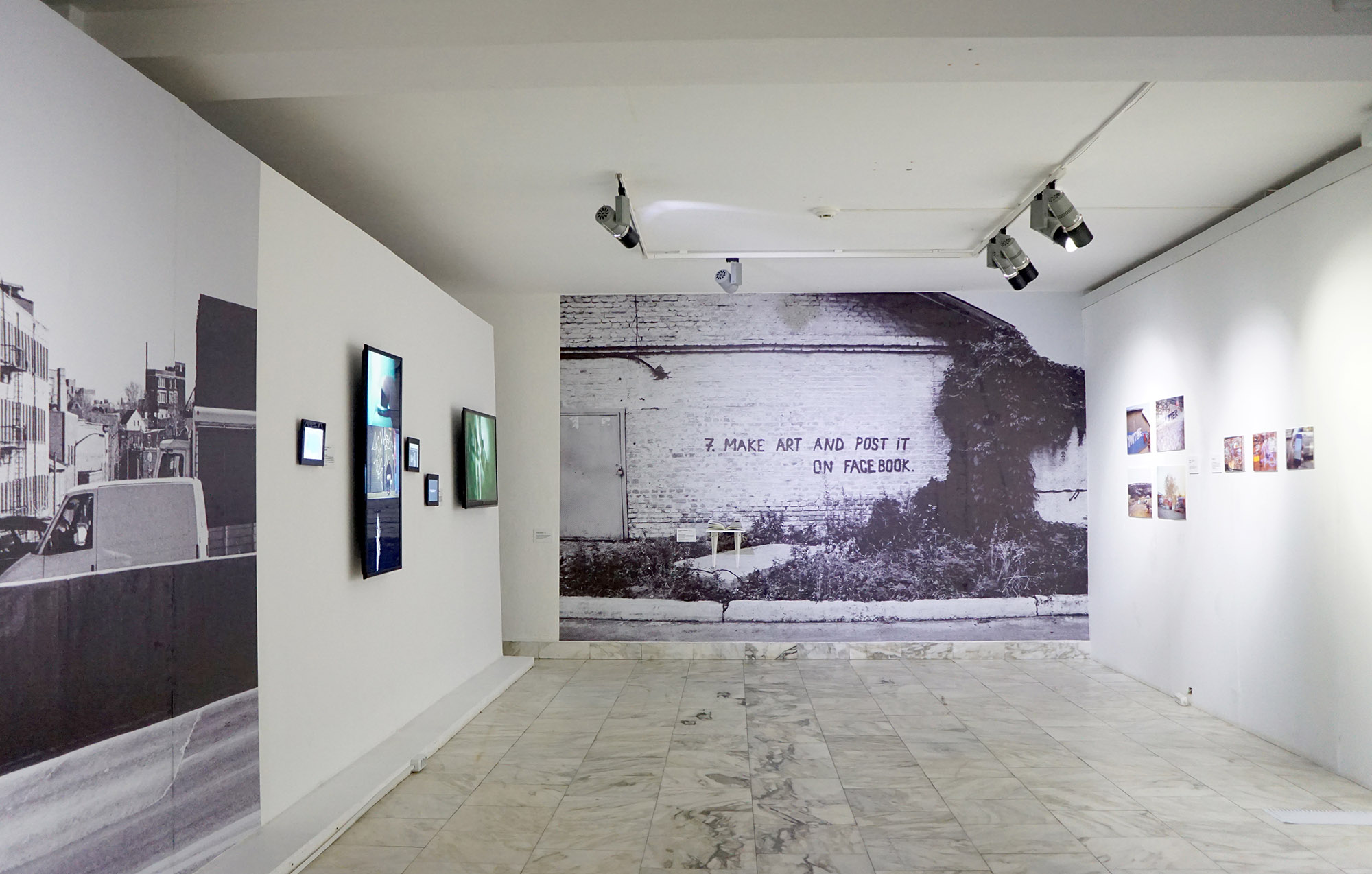
Part 2:
a group show at the Street Art Museum in Saint Petersburg, 2018
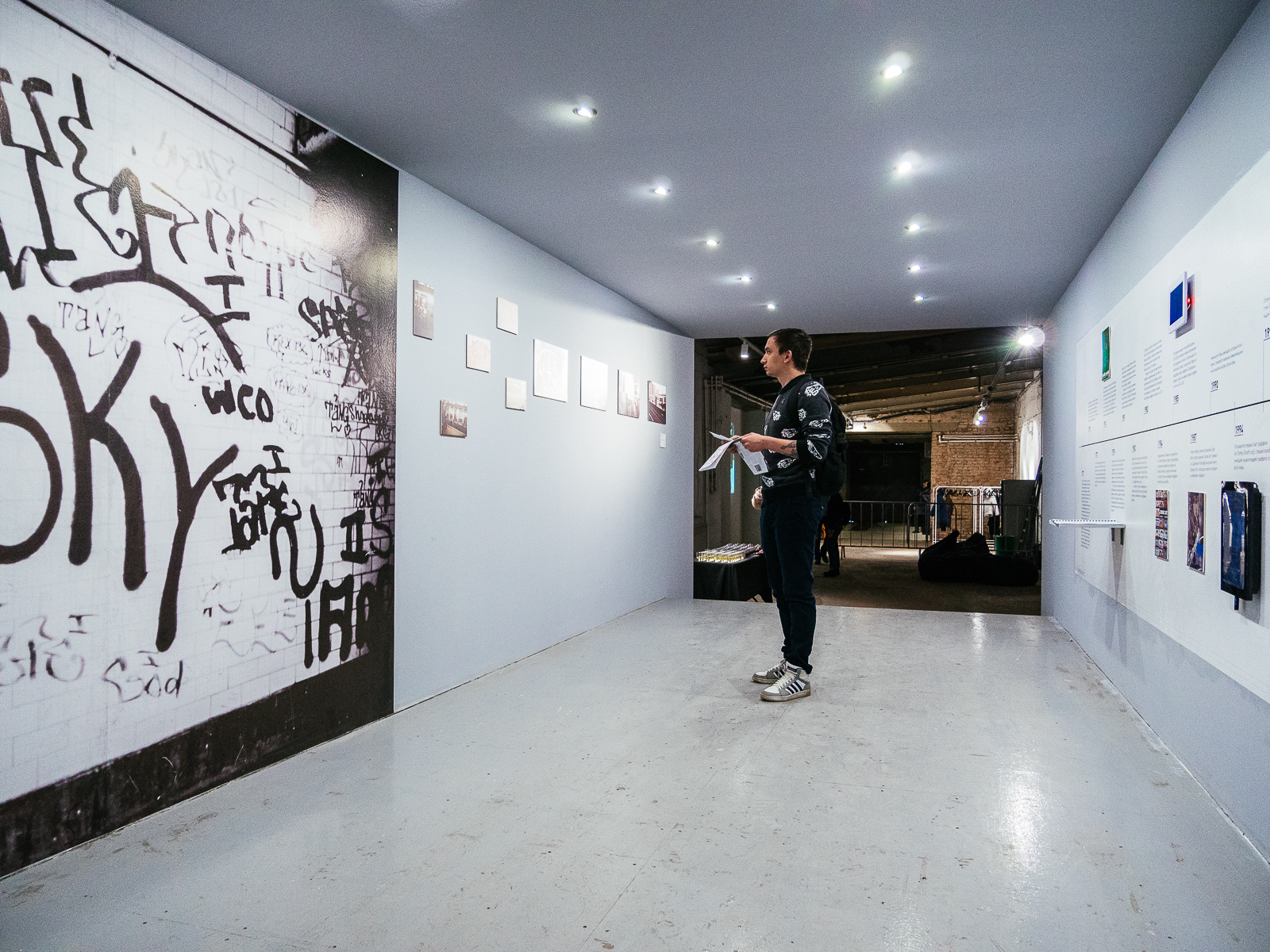
Artists:
Mathieu Tremblin (France), Yamaguchi Takahiro (Japan), Filippo Minelli (Italy), Mirko Reisser / Daim (Germany), Brad Downey (USA), Tavar Zawacki / Above (USA), Heath Bunting (UK), John Fekner (USA), Sasha Kurmaz (Ukraine), Pasha 183 (Russia), Kirill KTO (Russia), Stas Dobry (Russia), MVIN (Spain), Veli Silver & Amos Angeles (Swiss), 0331C (Russia), Tod Seelie (USA), VladyArt (Italy), Henry Chalfant (USA) and others.
A newspaper-style catalogue of the project available to download here.



